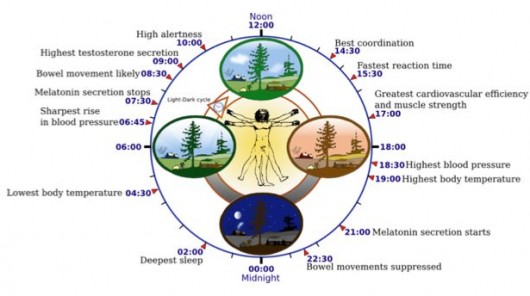
© Kevin Van Aelst / The New York Times
If you're looking for the name of a new pill to "ask your doctor about," as the ads say, the Mayo Clinic Health Information site is not the place for you. If you're shopping for a newly branded disorder that might account for your general feeling of unease, Mayo is not for you either. But if you want workaday, can-do health information in a nonprofit environment, plug your symptoms into Mayo's Symptom Checker. What you'll get is: No hysteria. No drug peddling. Good medicine. Good ideas.
This is very, very rare on the medical Web, which is dominated by an enormous and powerful site whose name - oh, what the hay, it's WebMD - has become a panicky byword among laysurfers for "hypochondria time suck." In more whistle-blowing quarters, WebMD is synonymous with Big Pharma Shilling. A February 2010 investigation into WebMD's relationship with drug maker Eli Lilly by Senator Chuck Grassley of Iowa confirmed the suspicions of longtime WebMD users. With the site's (admitted) connections to pharmaceutical and other companies, WebMD has become permeated with pseudomedicine and subtle misinformation.
Because of the way WebMD frames health information commercially, using the meretricious voice of a pharmaceutical rep, I now recommend that anyone except advertising executives whose job entails monitoring product placement actually block WebMD. It's not only a waste of time, but it's also a disorder in and of itself - one that preys on the fear and vulnerability of its users to sell them half-truths and, eventually, pills.
But if careering around the Web doing symptom searches is your bag (and, come on, we've all been there), there's still MayoClinic.com. Where WebMD is a corporation that started as an ad-supported health-alarmism site with revenues of $504 million in 2010, the Mayo Clinic is a nonprofit medical-practice-and-research group that started as a clinic. Mayo's storied past as the country's premier research hospital, in Rochester, Minn., and its storied present as one of Fortune's "100 Best Companies to Work For" surface in the integrity of the site itself, which - though not ad-free - is spare and neatly organized, with the measured, learned voice of the best doctors. The byline for most entries is "Mayo Clinic staff." The integrity of the whole institution is on the line with this site, and the Mayo Clinic has every motivation to keep its information authoritative and up to date.



Comment: For more information about the health benefits of Vitamin D read the following articles:
The virtues of Vitamin D: It's time we saw the light
"Sunshine Vitamin" Earning New Respect
Report Claims: Vitamin D Better than Vaccines at Preventing Flu
Study: Vitamin D linked to heart health
Chronic Pain: Does Vitamin D Help?
High Levels of Vitamin D in Older People Can Reduce Heart Disease and Diabetes